Introduction
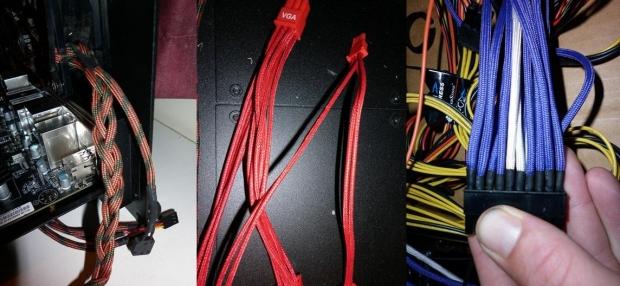
Nearly every major case mod these days features sleeved cables. They neaten up the interior appearance of a build as well as being a major factor in establishing the colour scheme the builder is aiming for. But have you ever wondered how people go about sleeving or how hard it is? The basics of sleeving are not an overly difficult skill to learn, but it can quickly become time consuming depending on the size and complexity of the job.
Sleeving is a never ending process as it's not really a permanent installation so changing colors and types whenever you wish is completely possible, even being able to re-theme a whole set of cables for a new project or color scheme.
In this guide I will be going over the basic methods of applying sleeve to the most typical cable types as well as some of the most common materials used.
Before I go any further I would like to thank SilverStone for supplying its Strider Essential Series 400w power supply that will be used in this guide. It's a great little unit and will go towards powering the Tweak Town F@H Prodigy Project once it's completed.
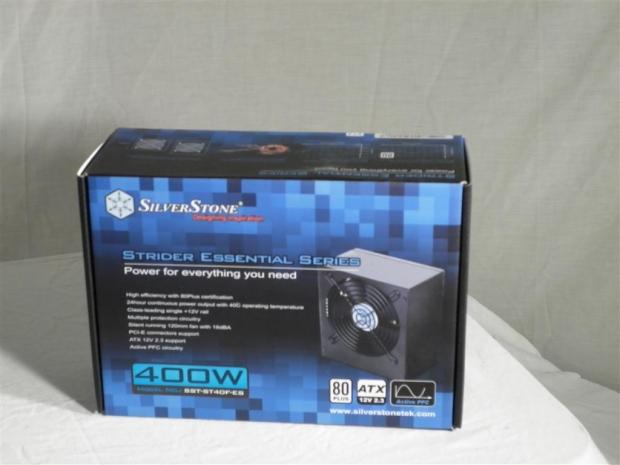
So back to the job at hand - let's untangle the tricks of cable sleeving.
Tools
As we are modifying a component which carries power to our system, it is VERY important to use common sense and be very careful. If you are not comfortable or well knowledgeable enough playing with your power supply, I would suggest attempting to sleeve a fan first. Fans are really quick and simple, and I will demonstrate how to sleeve them later in this guide.
Most of the tools needed for sleeving can be substituted for a DIY version of the store bought counterpart saving some money. Lastly I would highly recommend making sure you are comfortable and have a clean well lit work area when sleeving. Comfort is a factor since once you start, you tend to spend a few hours just hammering away - personally I like to sit on my couch and catch up on a few podcasts.
Try to keep your work area clean especially when using Paracord, there is nothing worse than applying some light coloured sleeve only to find a big greasy smudge all over your hard work.
Sleeve Tool Kit vs. DIY
Modder's Tool Kits are becoming a more common place product on today's market with numerous companies catching the sleeving bug. Most kits usually consist of different pieces for removing the various types of PSU and component plugs. Like most tools though there are some sneaky alternatives.
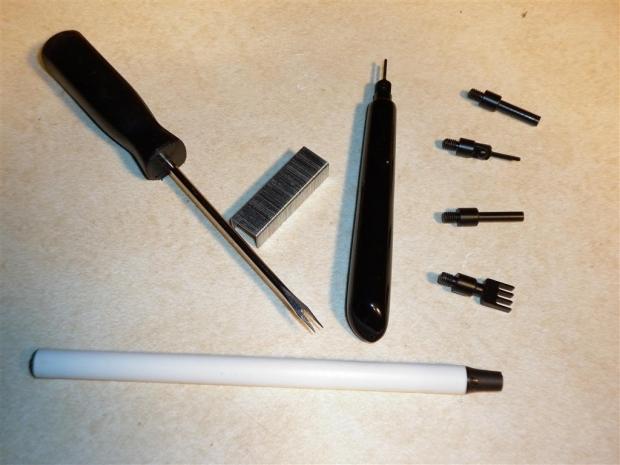
Basically all of the cables pins we need to remove are a clip design usually meaning that two clips need to be pushed inwards to remove the pin. A range of things can be used for triggering these clips. I have used different parts of a pen for removing round male and female 4-pin Molex plugs. A pair of safety pins, a skinny paperclip or even a folded staple will do the same job as its store equivalent. Have a dig around in your tool box and see what you can come up with.
Screwdrivers
For taking apart your non-modular (hardwired) power supply if you decide to void your warranty - more on this later.
Tape Measure
A must have for sleeving especially for modular (removable cables) and semi-modular power supplies where accuracy is king. I got sick of always losing my tape measure in my pile of sleeve so I marked out a permanent ruler across my bench top.
Sharp Things
One of the most crucial elements of getting a great finish for your sleeving job is clean cuts, so it's essential to use sharp cutting instruments. A Stanley or X-Acto knife are a must have, as well as a good pair of scissors.
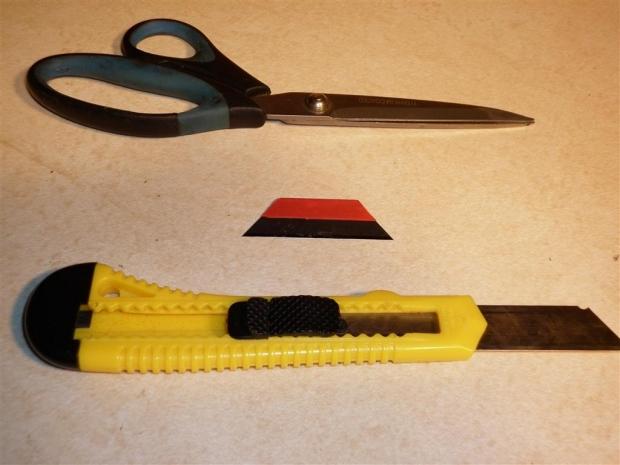
Heat Gun, Hairdryer or Lighter
Heat shrink needs a good dose of heat to do its job. I like using a heat gun for controlled heat although a girlfriend's hairdryer or a lighter will also do the trick. Note - be careful with the lighter option as it's very easy to melt or damage your sleeve with.
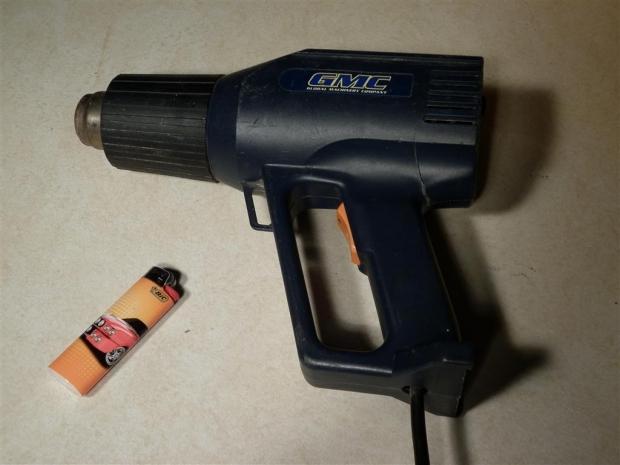
Tape
Tape has a variety of uses during the sleeving process. I like to have clear thin sticky tape for covering pointy pins as well as a range of different coloured electrical tape for marking out wires.
Tip - A good cheap sleeving surface can be made from a piece of wood half covered with soft material for the unit to sit on without being damaged. You can also lay sleeved cables here to keep them clean, while being able to cut heat shrink and cable ties on the exposed wood end.
The Basics of Sleeve and Heat Shrink
There are many brands and styles of sleeving on the market, but these tend to be the most popular three solutions.
Sleeving Types
Paracord 550 - I will start with my favourite type of sleeving, good old fashioned Paracord 550 Parachute rope. Originally used by U.S troops during WWII as parachute cord, the humble rope has since found many uses by both the military and the general public, who have again adapted its usage from camping to jewellery.
Modder's being the opportunistic bunch we are also found a use for Paracord 550, "Sleeving", which nowadays can be found in almost every modder's PC. 550 is available in countless colors and patterns, while also being very easy to obtain from eBay for a few dollars for 100 foot.
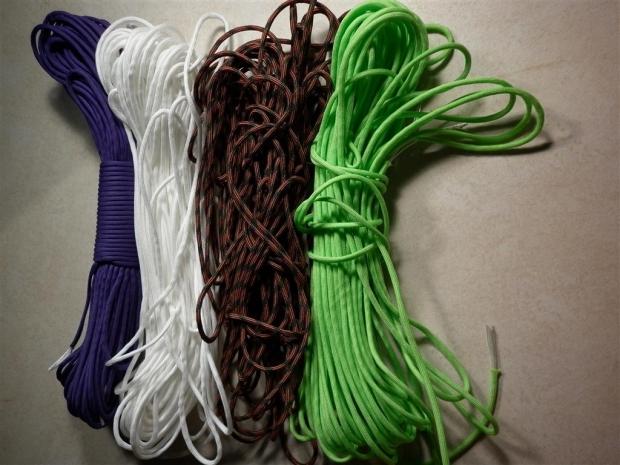
For big sleeving jobs I nearly always suggest Para 550 as it's possible to do a large system for under $25 (including heat shrink) without having to sacrifice quality or color options. As Paracord is made from nylon it looks and feels a lot more like material than many other varieties of sleeve.
MDPC-X Sleeve - Although I have not personally used this sleeve, I thought I would mention it, as a lot of people swear by it. It has been used in some classic PC builds and from what I have seen it is a high quality product with a slightly higher price tag than a most of the other brands.
TechFlex or FlexoPET - TechFlex also known as Pet flex as well as a few other names is a plastic braided cable sleeve that has multiple uses in including industrial machinery, musical cables and computers. Unlike Paracord, TechFlex is expandable so it's perfect for stretching over cables that can't be sleeved without heavy modification (e.g. daisy chained or SATA data cables). It is available in a range of glossy colors with a massive range of sizes and flexibility.
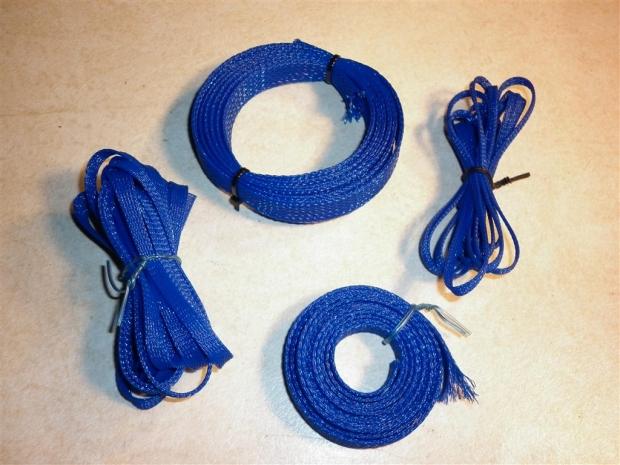
TechFlex has an expandable nature so it can be stretched to the point of exposing the inner cables. To avoid obviously exposed cables I suggest pre-wrapping the wires together with electrical tape of a similar color to the sleeve you are using.
Sleeving Sizes
- 3mm (1/8") Suitable for Individual Wires, 3 Pin Molex / Fan Power Cables
- 6mm (1/4") Suitable for 6 Pin PCI Express Cable, 8 Pin PCI, 4 Pin EPS, 8 Pin EPS
- 8mm (5/16") Suitable for 4 Pin Molex Power Cables, SATA Data or power Cable
- 16mm (5/8") Suitable for 20-24 Pin ATX Cable
Heat Shrink
Heat shrink is a vital ingredient for sleeving, available in many varieties and quite a few colors if you are willing to search around for it. It is fairly inexpensive and I would recommend stocking up on a few sizes before any sleeving job - running out is really frustrating, so just do yourself a favour and get extra.
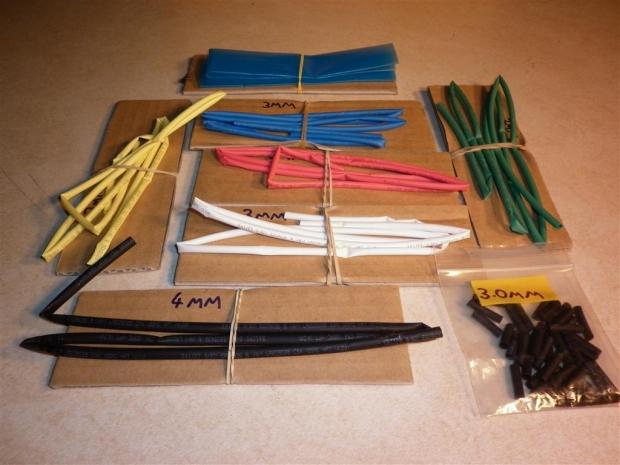
For this guide I purchased some pre-cut 3.5mm black heat shrink from a local store. After applying it to a few cables it was very clear that the shrink was neither straight nor even. At this point I decided to re-sleeve the unit using a heat shrink-less method which will be the feature of a future guide. After giving the store a lesson in the importance of even heat shrink, I decided to press on with the wonky shrink knowing ultimately it will be removed and replaced. With all this in mind for a perfect even finish I would suggest buying pre-cut heat shrink from somewhere reputable like MDPC-X, it will make for a smoother job. If buying uncut heat shrink, try to avoid the type with adhesive, as it is more trouble than it's worth.
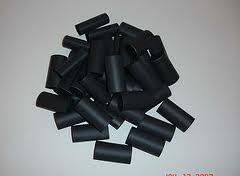
It's very difficult to cut heat shrink perfectly straight and even and the slightest miss cut will show up once shrunk. I like to cut my shrink around 15-20mm long, using a metal ruler to compress the shrink and then slicing down the ruler's edge using a razor blade.
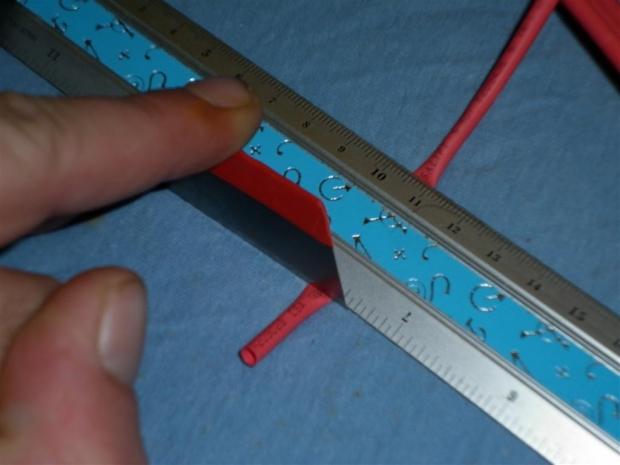
Heat Shrink Sizes
- 2:1 Shrink Ratio: 2:1 shrinks to half of its original size, so 2mm shrinks to 1mm, 5mm > 2.5mm etc.
- 3mm (1/8") - Ideal for single cables, fits over sleeve with a little help. If all goes wrong move up to 3.5mm.
- 4mm-6mm - Works well for three wire fan cables as well as other small bunches of wires.
- 12mm (1/2") - For collected cable bundles such as PCI and EPS.
- 20mm (25/32") - This size is most commonly used for 24-pin ATX cables.
- 3:1 Shrink Ratio: 3:1 shrinks to a third of its starting diameter, so 3mm shrinks to 1mm, 6mm > 2mm etc.
- 19mm (3/4") - The only time I tend to use 3:1 ratio is for cables with large heads such as SATA or perhaps USB.
Cable Preparation and Plug Removal
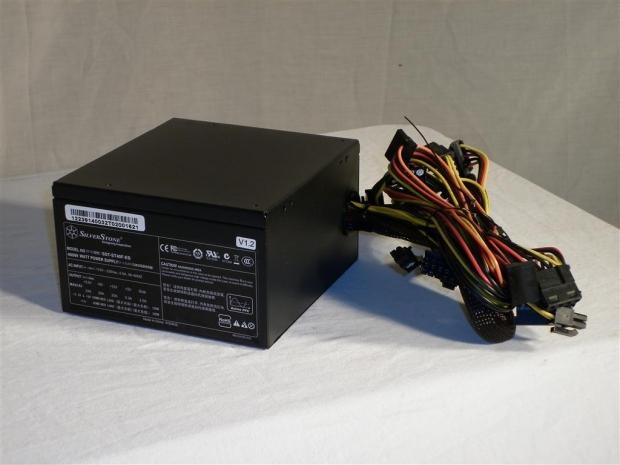
The Silverstone Strider Essential is a non-modular power supply so there are two obvious ways to conquer the job. The first will keep our warranty intact and generally make things a bit easier. For this method the cables are sleeved from the plug to their exit point from the power box.
The second method and the one I will be using will void the warranty of your PSU. Please use caution as myself nor Tweak Town will not be responsible for your exploded power supply units or any injuries. If you are confident and proceed with this option of sleeving, remove your power supplies cover via the screws located on the fan side. Take care and remember that when your cover comes loose so will the interior fan, so be careful.
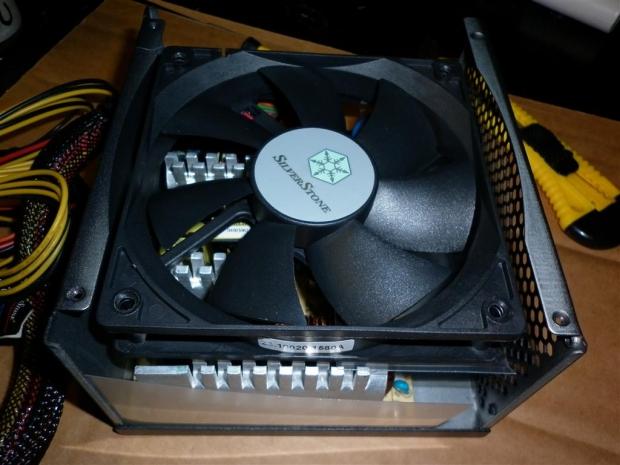
The Silverstone unit comes pre-sleeved with some TechFlex so I will start by removing this so I can replace it with single sleeved Paracord. Using my blade I carefully slice the heat shrink off either end making sure not to go too deep - do not go too deep as to cut the cables. I can then slide my scissors under the braid and cut it away from the cables.
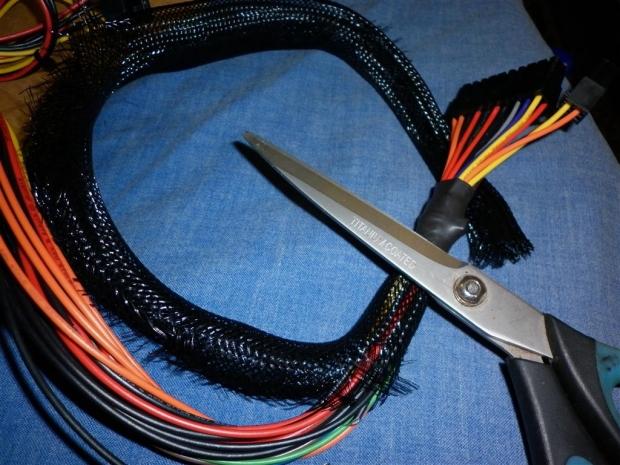
With all the wiring now exposed, next the cable/zip ties need to be removed. Notice that these ties are very tight, there is no way scissors can be placed under the tie to cut them free. Don't stress there is a trick for removing these nasty ties. Using a solid surface as a base, position the cable/zip tie so it's in the same position as the one I've shown below.
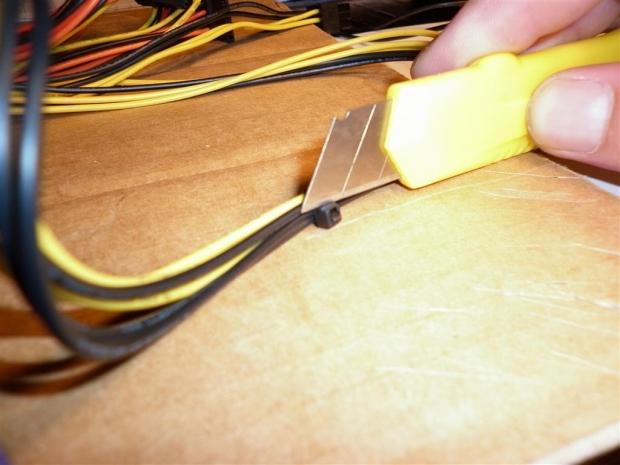
Place your blade parallel to the wires across the locking mechanism and press down. The blade should cut halfway through releasing the cable tie without damaging any cables.
After the cables are freed up you may notice that some wires can be done one wire at a time when doing single sleeved as opposed to removing every wire at once. Other cables however will require numerous or all wires be removed at once making things a tad more complicated. The easiest way to manage multiple cables at once is to draw yourself a diagram of the plug layouts. Using your tape make a label for each cable marking its position on the diagram. Like this:

Once you are 100% sure that you can identify every cable and its starting position work can begin on removing the connector casings. If you are planning on sleeving more than just once in your life or if you are taking on a large project, I would highly recommend buying a power supply mod kit. Most mod kits come with instructions on how to use the contained tools so today I will show you how to remove the most common types of pins with DIY tools.
Round Male Pins (Molex Power)
To remove the round type male Molex pins use a ballpoint pen that can have the core removed; the de-cored pen needs to fit inside the pin housing whilst being able to "grab" the pin itself.
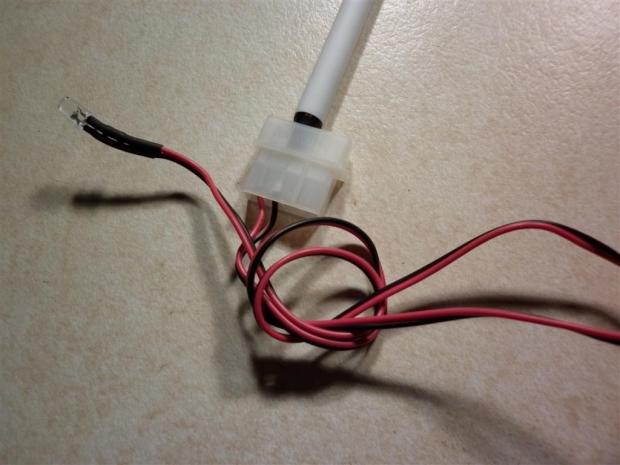
To remove the Molex pin simply insert the "tool" into the casing making sure the pen grasps the pin the complete way. Give the pen a slight twist and then with minimum force pull on the matching cable. With any luck the wire should unclip and pull free.
Female Fan Pins
For removing the female fan pins I will be using a safety pin, but any small pointy object will do. Like before work out your cable colors on a diagram, with that out of the way lay the connection down with the clips facing up.
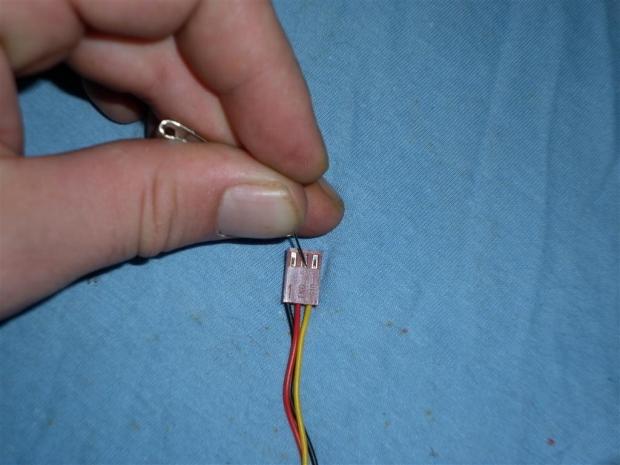
Make sure the cables are pushed all the way into the housing which will free up the clip from any obstructions. Push down on the clip and gently pull on the corresponding wire freeing it from its plastic prison.
Power, PCI and female Molex Style pins
Probably the most accepted DIY tool for all of these connection types is believe it or not a humble staple. After raiding your stationary draw, bend the staple so that it forms a long "U" shape.
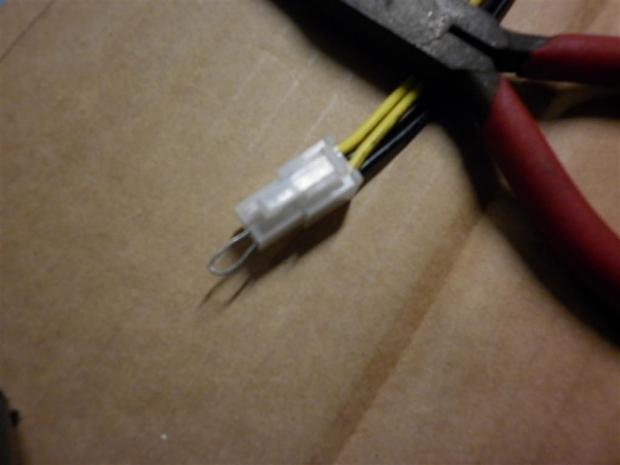
For all three connections you will need to push the staple into the front of the connection pushing in the clips on either side of the pin. As with the female fan pins, sometimes pushing the wire all the way into the housing can help the clips free up of surrounding obstructions. When you think you have snagged the clips, try pulling the cable loose.
These types of connections will definitely take you the longest to master - have patience and if a pin is stubborn, it's usually better to skip it, and return later or have a short break.
Sleeve Preparation and Installation
With the pins removed we are nearly ready to apply the sleeve, sometimes the connection pins can be a real pain and are renowned for catching on the inside of sleeve. To counter this, apply a small amount of thin sticky tape tightly around the pin, giving it a smoother surface.
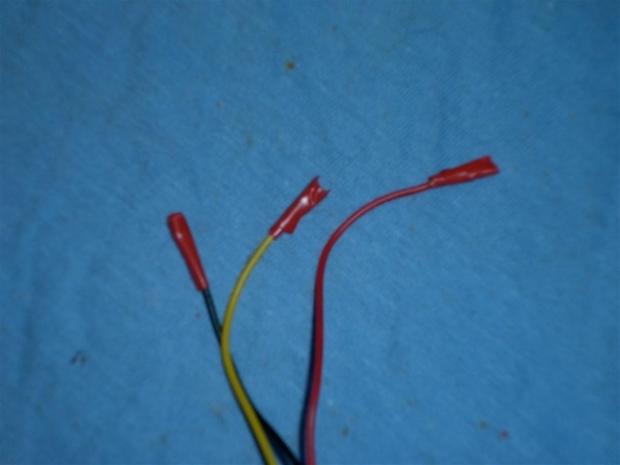
Measure your cables taking note of each length, when cutting I usually add a few mm to the length just to be positive it will reach. Try to use the sharpest blade or scissors you have at your disposal, this will ensure a cleaner cut and in turn make the heat shrink fit a lot easier. I like to use my wife's dressmaking scissors - don't tell her, though! Cut only enough sleeve to do the cables your planning on sleeving otherwise you run the risk of the cut ends fraying badly before getting a chance to use them.
Take your cable and feed the wire down the inside of the sleeve - if using Paracord you will first have to remove the core strings, obviously. Use a push pull motion, pushing the wire and pulling the sleeve until the sleeve is completely covering the length of the wire.
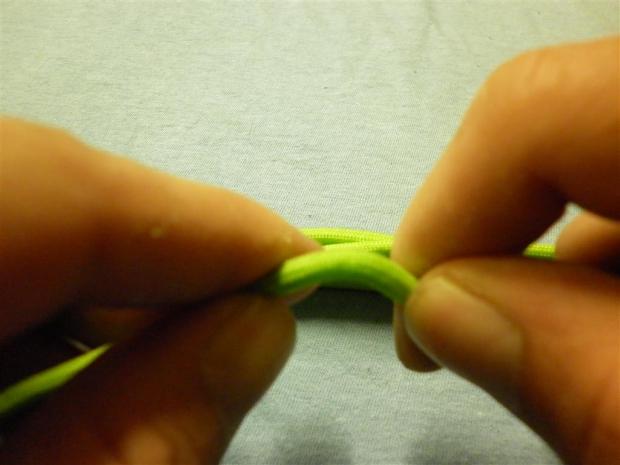
There is also a really clever way of using the inner core of Paracord to almost auto sleeve single cables. Remove all but one of the inner strings from the length of Paracord, and then tie the remaining string to the end of your cable. Holding the insert end of the Paracord as well as the opposite end of the string, gently pull the string through the inner sleeve hopefully bringing the cable through behind it. This method will only work with taped off pins, because it's guaranteed if you have any jaggy bits, they will catch.
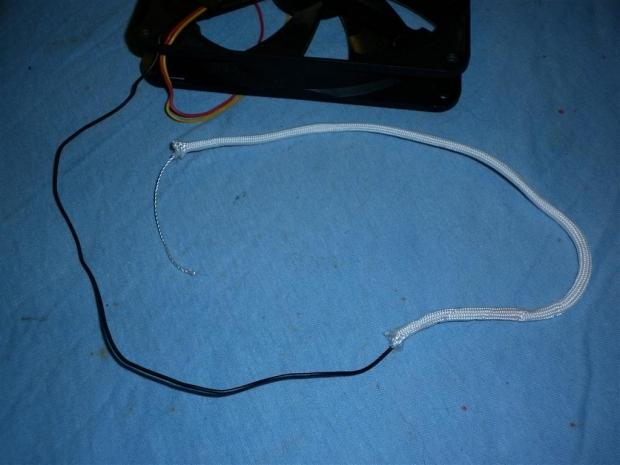
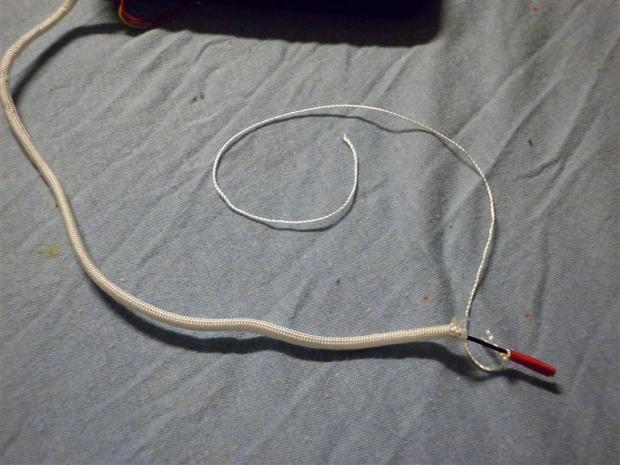
Five Minute Fan Guide
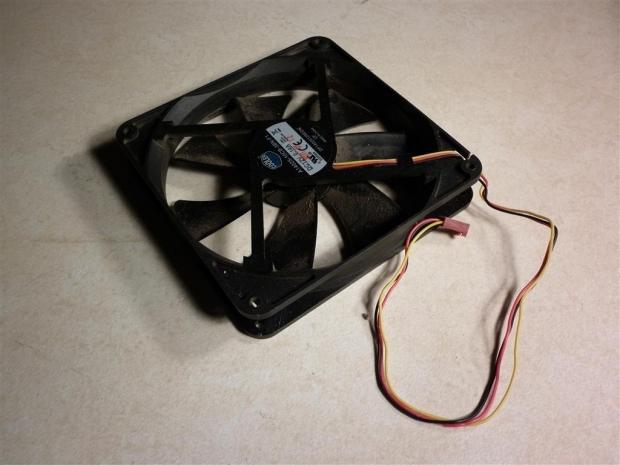
As I mentioned earlier, fans are the easiest starting point for new cable sleevers. Most fans only have three wires which can be sleeved individually or with a bit of messing round as a single piece - three wires are the maximum Paracord can contain, for thicker wire bundles keep reading.
After labelling your cables and removing them from the fan housing, you will have to split up the three wires, if glued together. Even if you are sleeving all the wires together they will not fit unless they are split up. Decide whether you want to sleeve all the way to the motor or not, and measure the wires accordingly.
If going with three single sleeved cables, run with the same method as above. But if you're going to sleeve all three as one, you will have to insert the three wires individually, one at a time. I position my three wires so the little barbs are wrapped over the cable with the pins staggered about 15mm apart. When satisfied with the position, I cut one long piece of heat shrink over the pins and shrink it down, compacting the bundle to its tightest form.
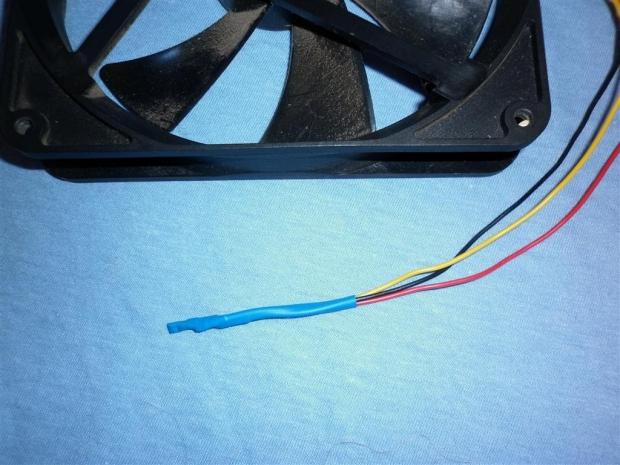
Using the push pull method again slowly snake the cable through, it will be a tight fit and will take a lot longer, but it is possible. Keep at it and when it appears out the other side keep going till all the heat shrink is through, and then carefully slice the heat shrink off using your blade. Tape can substitute heat shrink, but tends to make the package a bit thicker and harder to work with.
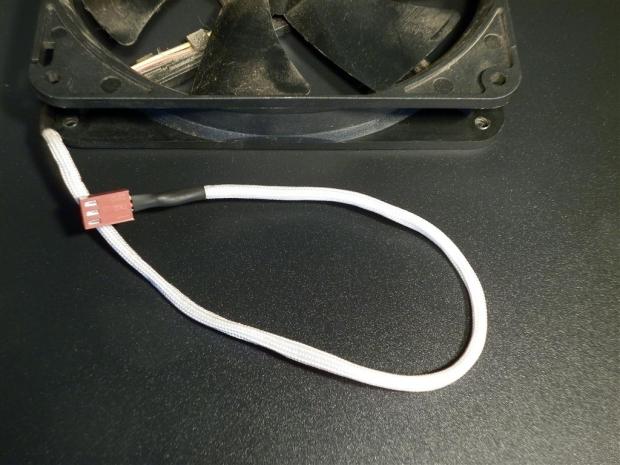
Heat Shrink and Final Steps
This is around the point where you are cursing undertaking the project and your fingers usually really hurt, but power on, we are almost there! All that's left to do is fix the sleeving in place and reinstall the cable into its home connection.
Take two pieces of heat shrink and slide them down over the cable pin and sleeve. If you find the sleeve end is fraying or too thick, wrap some clear sticky tape over the end of the sleeve and wire, as tightly as possible. This should make the cable almost like a funnel hopefully allowing the sleeve to pass over.
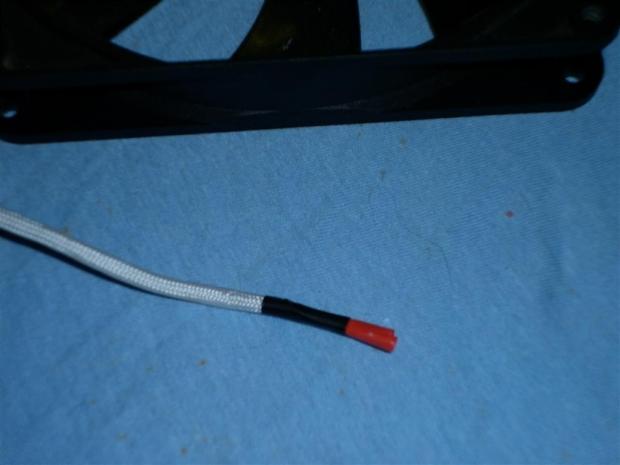
Aligning the sleeve and heat shrink is easiest to explain with photos, so to begin level the sleeve up around 2mm down from the pin clamp.
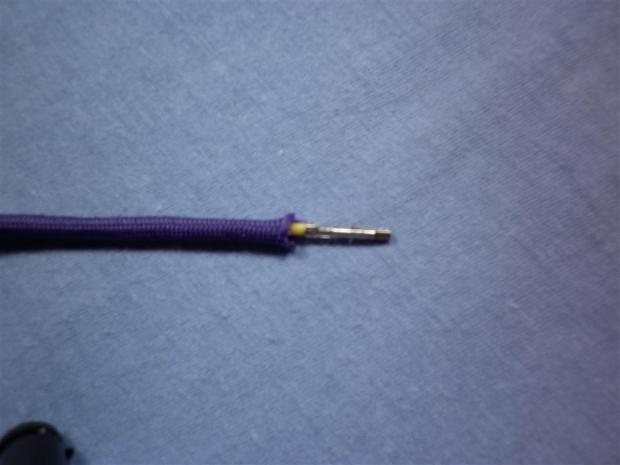
Holding the sleeving in place adjust the heat shrink so it also sits 2mm behind the pins that grasp the cable housings.
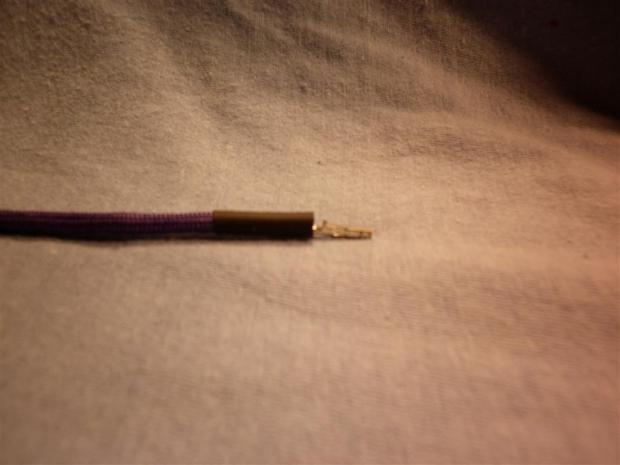
Double check that the shrink is grabbing both the sleeve and cable pin - it also needs to be as straight as possible. Using an even amount of heat from your heat source, either turn the cable or move the heat source around the heat shrink to make sure every side is exposed to heat and allowed to shrink to its full potential.
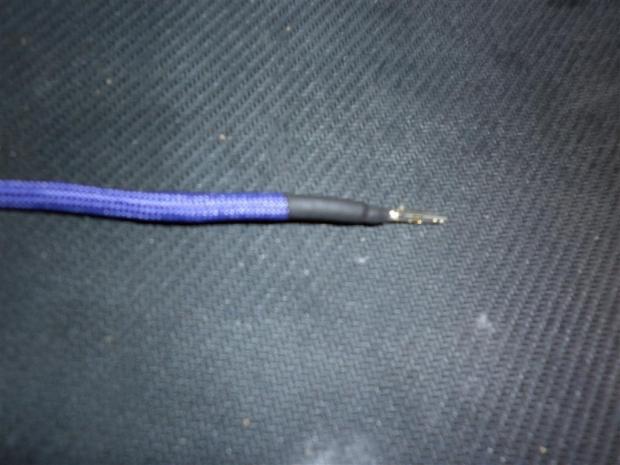
While the heat shrink is still hot reference the cables position via your connection diagram and insert the cable into its matching location. Repeat the process on the opposite end for modular cables.
For non-modular stretch the sleeve to the opposite end of the cable and line up your heat shrink so that it's half on sleeve and half on wire. Then shrink into position. Enjoy for a few moments then rinse and repeat...
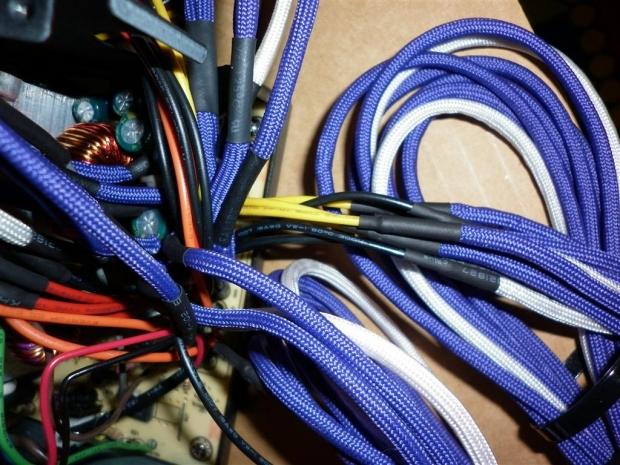
Bundled and Larger Cables
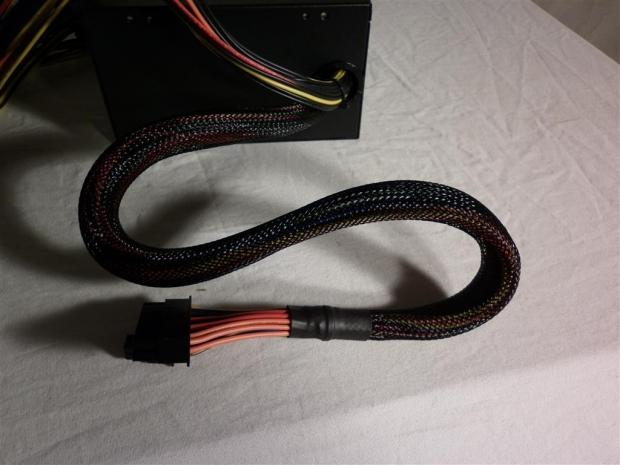
This is where TechFlex comes into a league of its own. As far as bundling sleeve and bigger cables like SATA data and USB 3.0 cables, expandable cabling is the only way to go. When choosing diameter for expandable guesstimate the rough diameter of the bundled cables, bear in mind the closer the upstretched diameter of the sleeve is to the cables, the rounder your cable will look. Too big and it will look flat or square. The other thing to factor in is the size of the largest point the sleeve needs to be stretched over.
For example, when sleeving a standard straight SATA data cable approximate sizes are 6mm wide, while the plug section is 14mm x 4mm. Ideally the perfect sleeve for this would be something with a similar diameter as the cable, but with enough flex to stretch over the plug. After a quick search on eBay, it seems the closest size to fit our needs is 8mm.
The process of sleeving a bundle of thick cable is virtually identical to single sleeving, although as the sleeve is expandable, the process of threading the cable seems a lot quicker. As I mentioned before, tape your cables when using expandable or you will see the individual cable colors underneath.
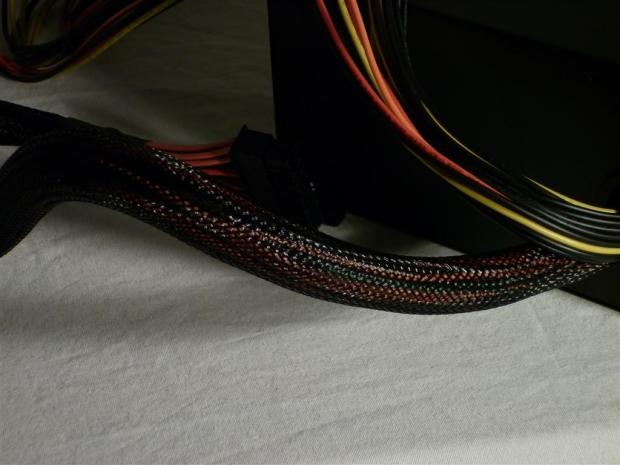
My last suggestion with using this type of sleeving is be careful when shrinking; the sleeve is heat tolerant, but will melt if exposed to a good hit of heat for too long.
Heat shrinking large cables and bundles can be done in one of two ways. The first technique is the same as the aforementioned where the heat shrink is placed over the cable and sleeve, except this time we mount the shrink up flush against the connection.
The other option is to purchase 3:1 ratio heat shrink. Measure the full length of the cable and cut sleeve accordingly. With the whole cable sleeve place the heat shrink over the sleeve and then partially over the connection head, and then just add heat. This works really well with SATA cables, but be aware of not covering too much of the connection, or the plug won't fit in its socket.
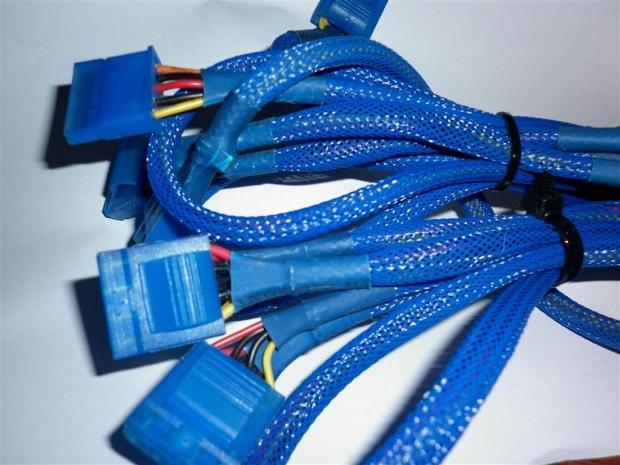
Final Thoughts
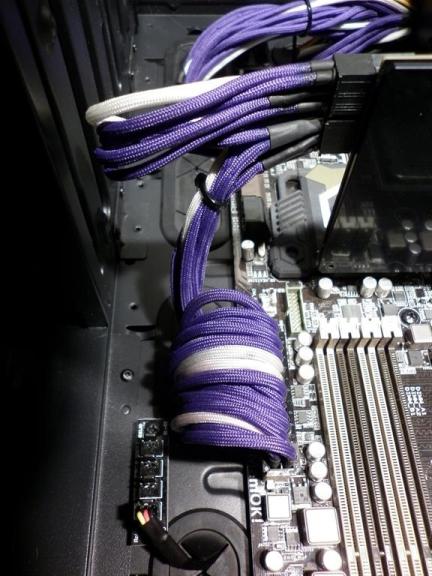
Out of all the general mods out there, cable sleeving tests your patience and perseverance more than anything else. It does take a long time, so either plan to do cables one at a time or give yourself a weekend. The effort will pay off though as even the smallest amount of sleeving is a major addition to any custom computer rig.
Down the track we will revisit sleeving looking over some of the more advanced techniques like extending and cutting wires, soldering, crimping and lots of other tricks I just didn't have the room for this time in this guide.
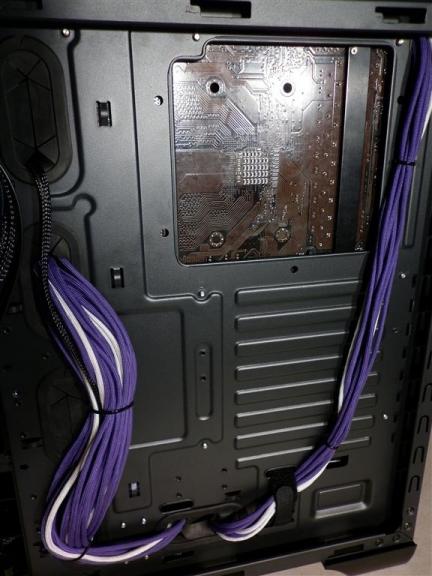
Till then have fun with sleeving experiment with different color combinations, admire others hard work and develop your own techniques.
Hopefully I have inspired you to give sleeving a shot. Remember that there is no real right or wrong way to do it, so have a go - you may surprise yourself!

 United
States: Find other tech and computer products like this
over at
United
States: Find other tech and computer products like this
over at  United
Kingdom: Find other tech and computer products like this
over at
United
Kingdom: Find other tech and computer products like this
over at  Australia:
Find other tech and computer products like this over at
Australia:
Find other tech and computer products like this over at  Canada:
Find other tech and computer products like this over at
Canada:
Find other tech and computer products like this over at  Deutschland:
Finde andere Technik- und Computerprodukte wie dieses auf
Deutschland:
Finde andere Technik- und Computerprodukte wie dieses auf